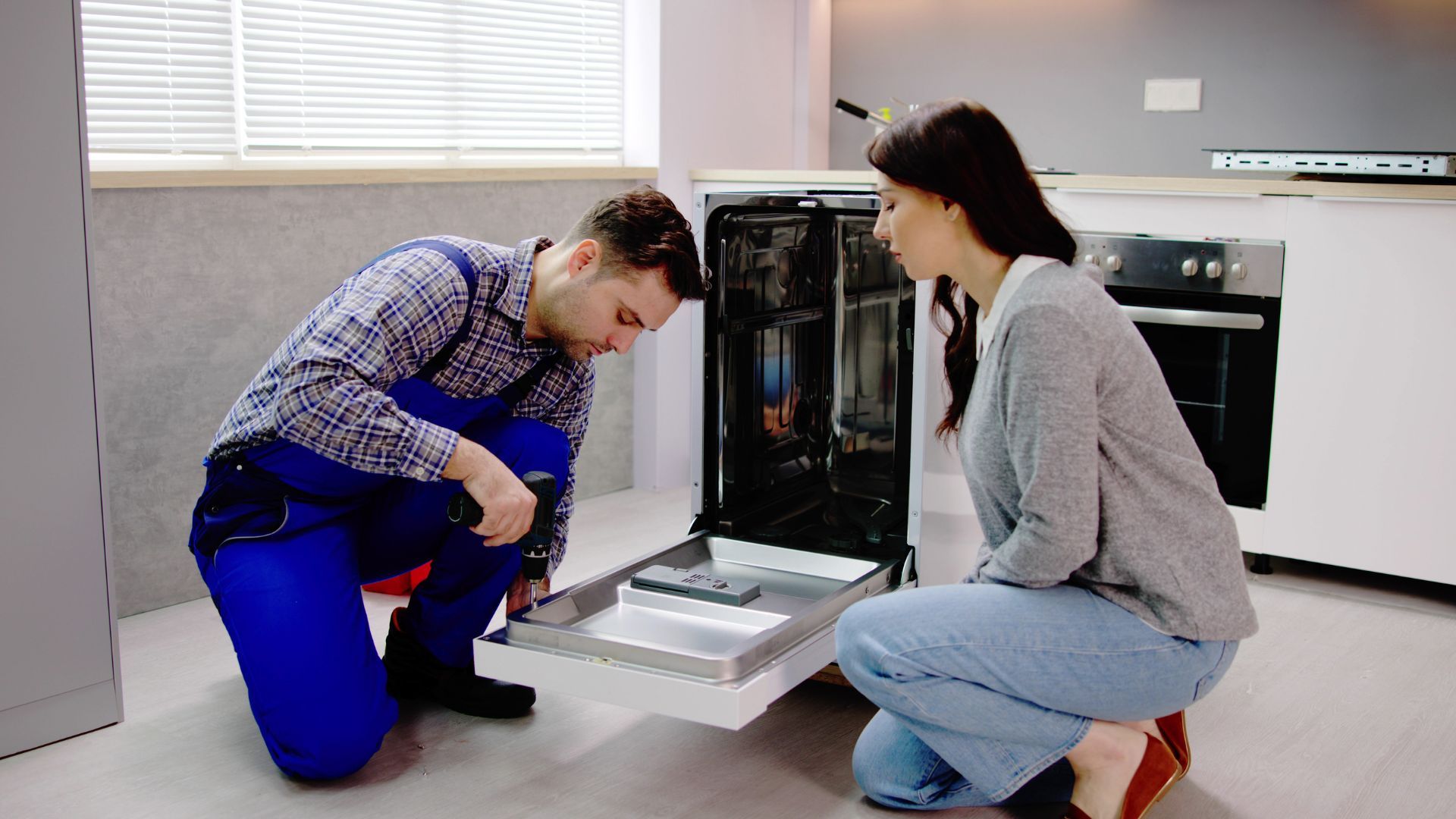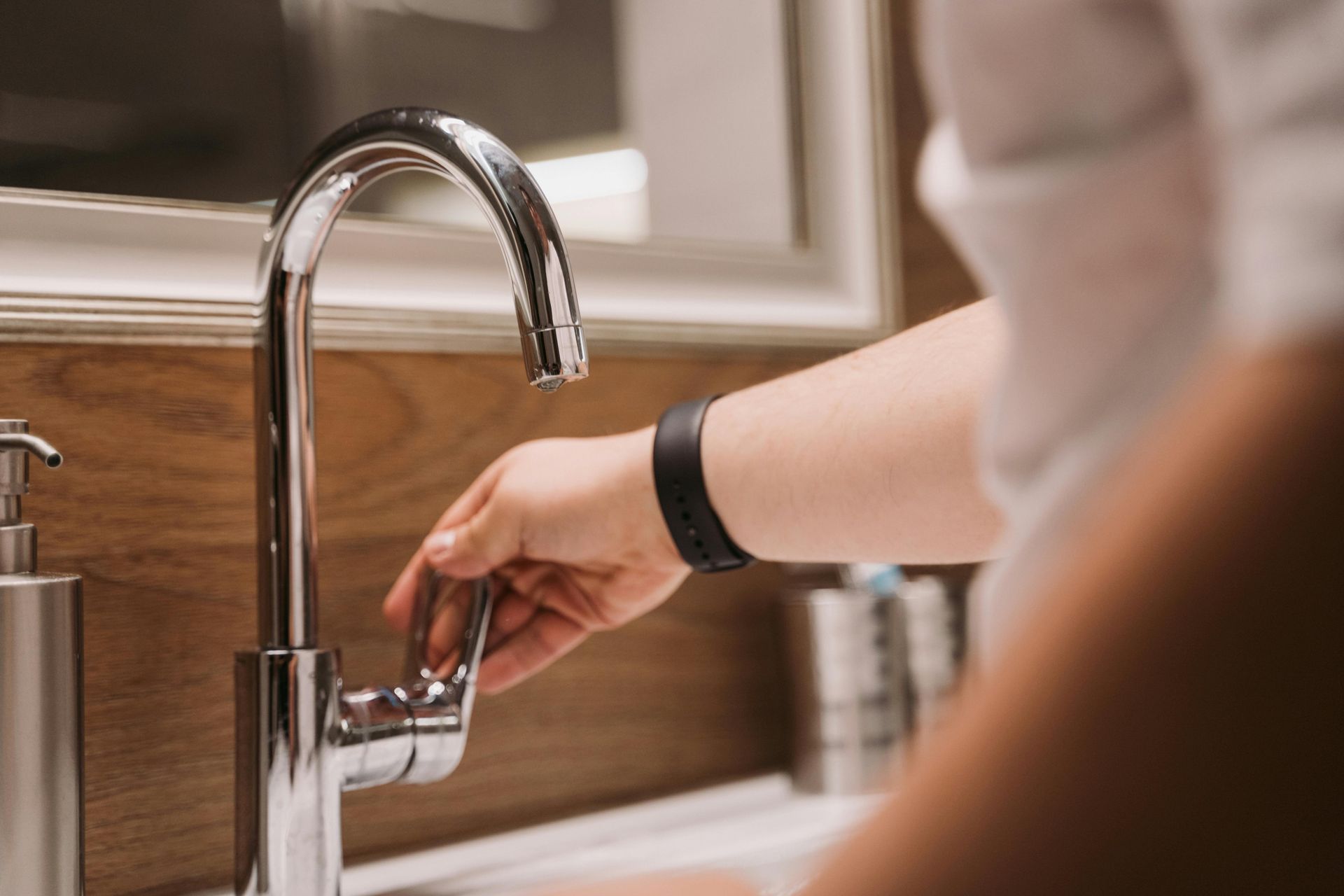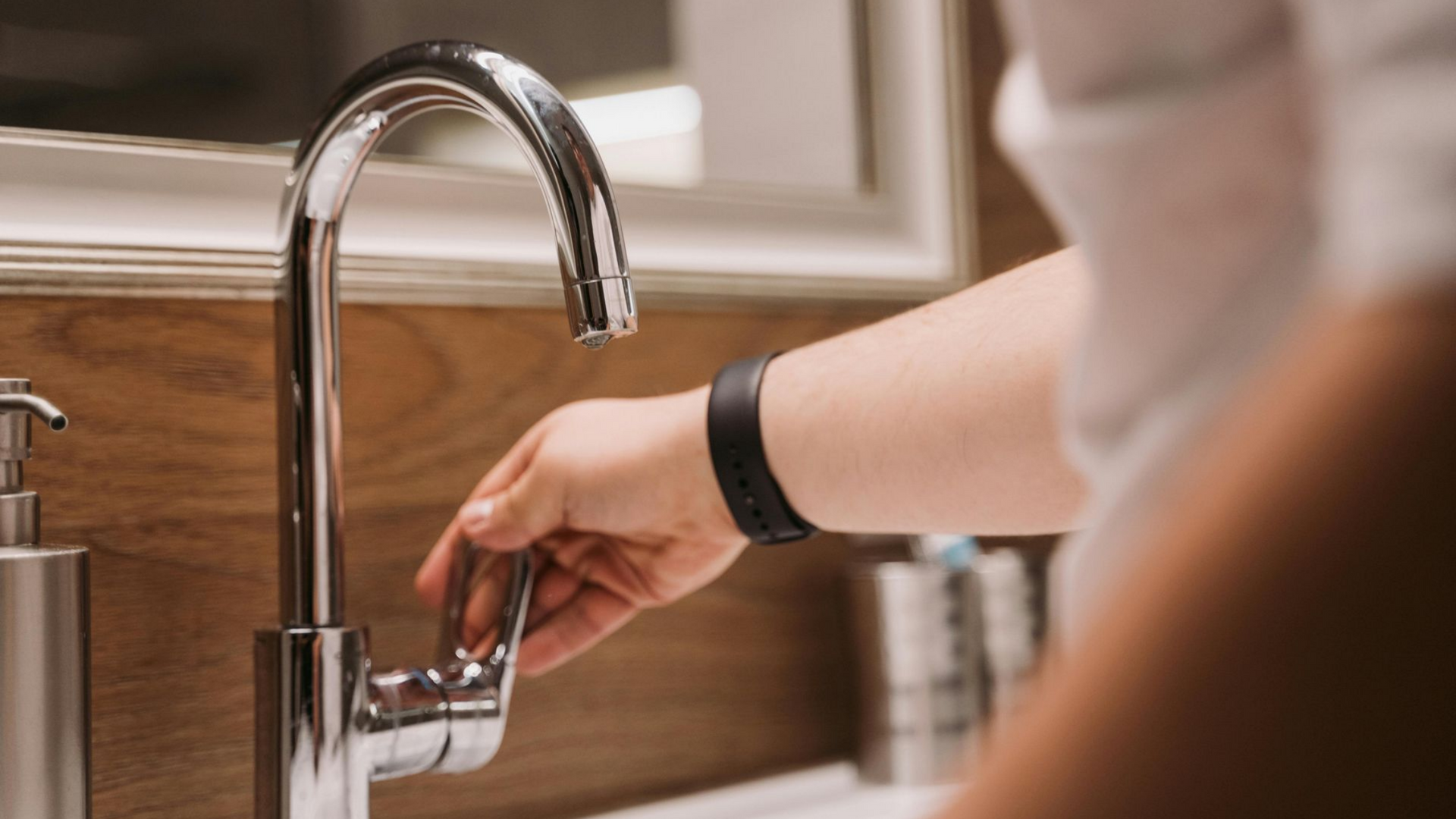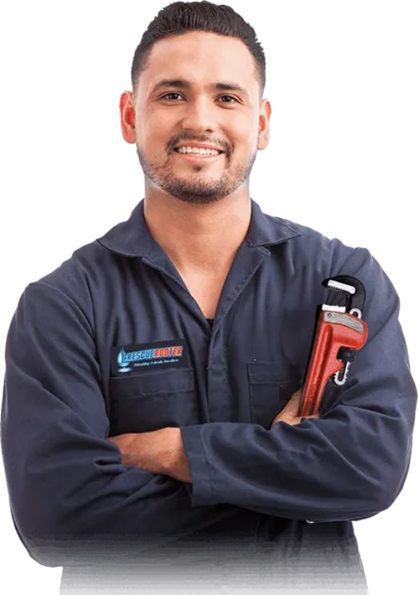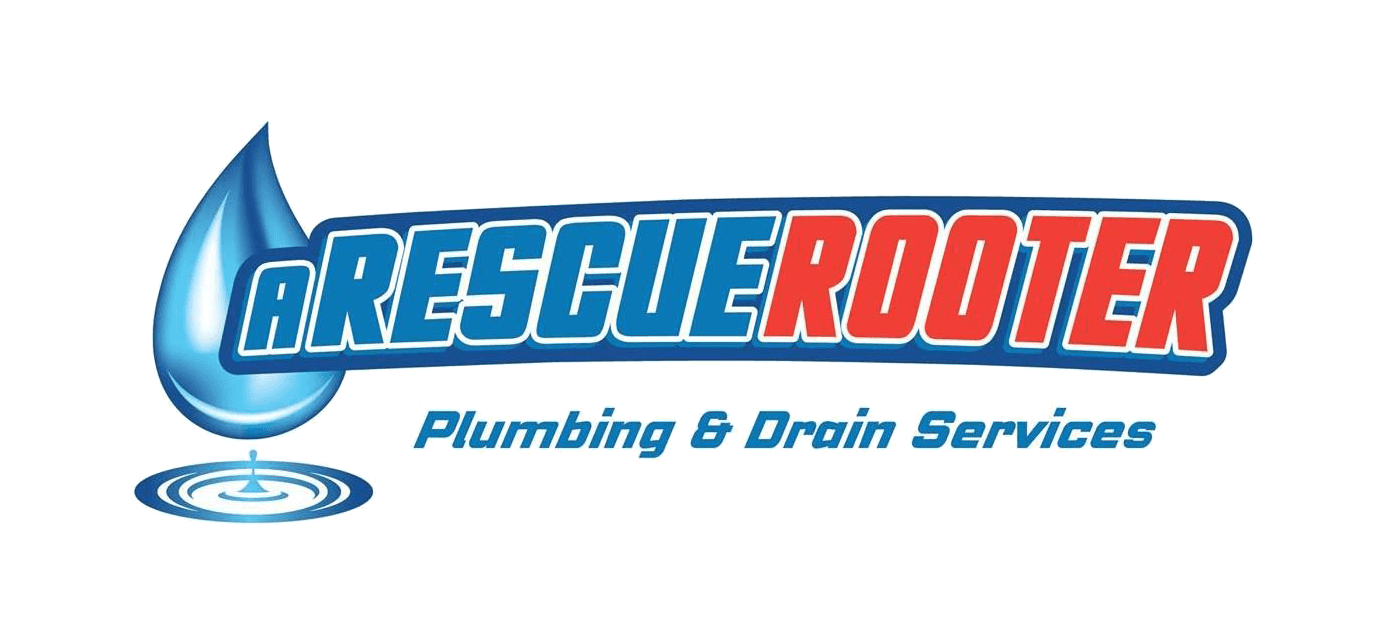10 Signs You Need a Professional Drain Cleaning Services
When it comes to your home, the health of your drainage system is often overlooked—until there's a problem. Routine drain maintenance is essential to keep
everything flowing smoothly and prevent costly repairs. Ignoring early signs of trouble can lead to clogs, slow drains, and even pipe damage. Your drains work hard every day, but even with the best care, grime buildup or hidden blockages can sneak in over time. If you've noticed issues with your drains, you might need a professional Hamilton plumber to clean things up and get them back in top shape. Here are ten tell-tale signs you shouldn't ignore.
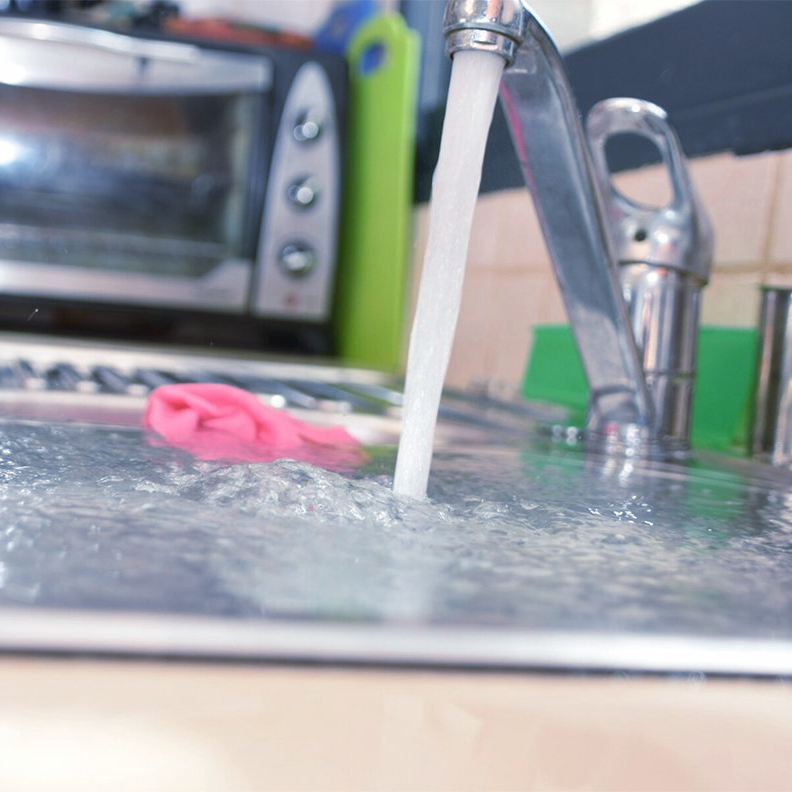
1. Slow Draining Sinks or Tubs
Is your kitchen sink or bathtub taking longer than normal to drain? This is one of the first and clearest signs that you have a clog forming. Hair, grease, soap scum, and food
particles can build up over time, narrowing the pipes and blocking water flow. A professional drain cleaning service can clear the clog efficiently and restore your water flow.
2. Frequent Clogs
If you find yourself grabbing a plunger more than once a month, it’s time to call in a professional Hamilton plumber. Frequent clogs, especially in multiple drains, often point
to a deeper issue in your drainage system that DIY solutions simply can’t fix.
3. Gurgling Sounds
Do your drains make strange gurgling noises when water flows? That could indicate trapped air caused by a clog or improper venting. These sounds are a precursor to bigger problems, so addressing them early can save you from bigger plumbing headaches down the road.
4. Foul Odours From the Drains
A bad smell coming from your kitchen or bathroom drains is more than just unpleasant—it’s a red flag. These odours often come from food debris, grease, or other organic materials breaking down and releasing gases. If cleaning the drain covers doesn’t work, it’s time to call a professional drain cleaner. An experienced Hamilton plumber will have the tools to clear the smell at its source.
5. Water Backing Up
Water pooling in the shower or backing up into sinks is a clear indication of a drain problem. This usually happens when a blockage prevents water from flowing freely.
Backups often start small and worsen over time, so don’t delay in seeking professional help.
6. Multiple Slow Drains
Slow drains in more than one part of the house are a warning that the issue isn’t isolated. It might be a sign of a larger problem, such as a blockage in the main sewer line. An experienced Hamilton plumber can diagnose the problem and clean your drainage system to prevent costly damage or even sewage backups.
7. Recurring Drain Flies
If tiny flies are appearing around your drains, it could mean there’s accumulated grime or standing water down in the pipes. While you can try chemical drain cleaners or traps
for the flies, these are temporary solutions. Professional cleaning eliminates the root of the problem, leaving no reason for those pesky insects to return.
8. Unusually High-Water Bills
Have your water bills gone up for no apparent reason? You could be dealing with a drain or pipe leak that’s harder to detect. Blockages and buildup in your plumbing system can sometimes cause these leaks. A professional inspection and cleaning can pinpoint the problem and prevent further waste—and higher bills.
9. Drainage Still an Issue After DIY Fixes
DIY drain cleaning might seem convenient, but chemical cleaners and homemade fixes don’t always work. Worse, some of these methods can damage your pipes in the long
run. If you’ve been tackling the same drain issue without success, it’s time to bring in a Hamilton plumber for professional help. They’ll have the proper equipment to diagnose
and resolve the issue effectively.
10. Standing Water Outside
Do you see water pooling near your home’s foundation or in your yard? This might indicate problems with your underground drainage or sewer line. Ignoring this can lead
to severe property damage, so don’t wait to contact an expert to check it out.
The Risks of Ignoring Drain Issues
Left unresolved, drainage problems don’t just go away—they worsen over time. Slow drains can lead to complete blockages, while clogs in the sewer line can cause raw
sewage to back up into your home. Additionally, pipe damage caused by neglected issues can be costly to repair. By acting on these signs early, you’ll avoid unnecessary
expenses and keep your plumbing system in good condition.
Why Choose A Rescue Rooter for Your Drain Cleaning Needs
If you’re experiencing any of these drain issues, don’t wait! A Rescue Rooter is here to help. With years of experience serving Hamilton homeowners, we’re your trusted local
Hamilton plumber. We use advanced equipment and proven techniques to thoroughly clean your drains and eliminate clogs.
Our skilled team understands the unique plumbing challenges faced by homes in Hamilton. Whether it’s a stubborn clog, a weird gurgling noise, or a mysterious odour, we’ll get to the root of the issue quickly and efficiently. Regular drain maintenance can save you from costly plumbing repairs and keep your home’s drainage system running smoothly.
Call Us for Expert Drain Cleaning Today!
Don’t let clogged drains disrupt your home or daily life. If you’ve noticed any of the signs we’ve mentioned, it’s time to act. Contact A Rescue Rooter today to schedule your professional drain cleaning service. Our Hamilton plumbers are ready to tackle whatever drainage issue you’re facing and give you peace of mind.
Take Action Now
Keeping your drains clean and clear is not just a matter of convenience—it’s essential for the health and safety of your home. Don’t delay in addressing drainage issues. Call A Rescue Rooter today for 24 hour emergency drain cleaning services, and we’ll ensure your plumbing system stays in great shape, year-round.
A Rescue Rooter for emergency drain cleaning services 905-521-8284!
